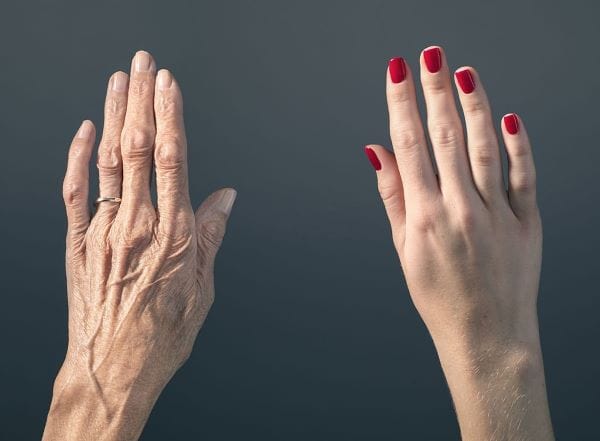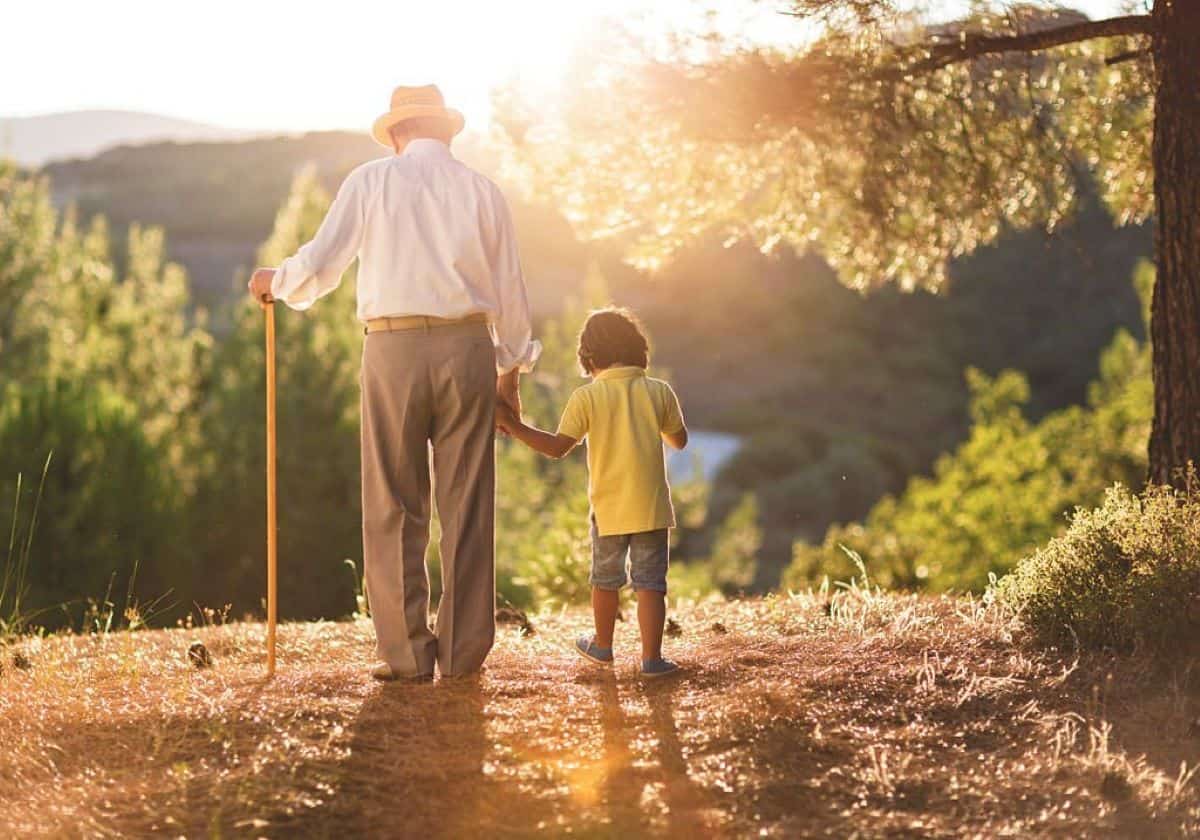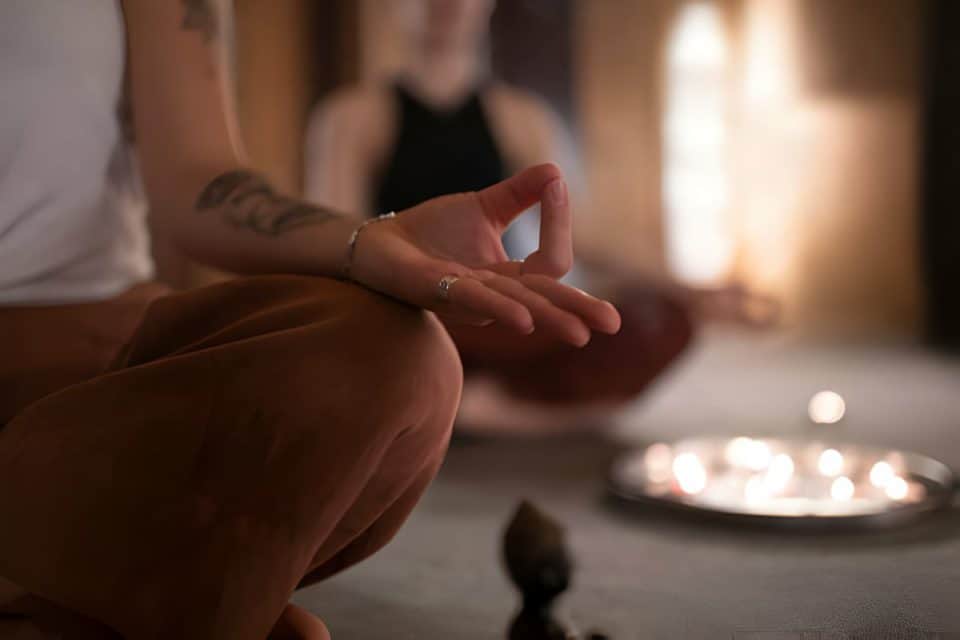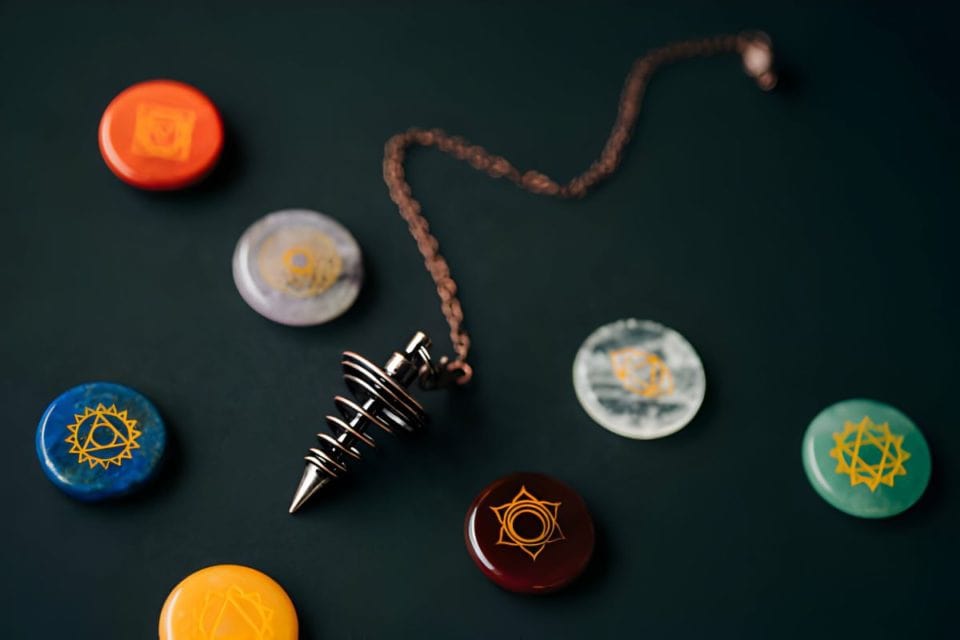As the world races towards modernity, chasing the elixir of youth, ancient wisdom whispers a different tale.
Ayurveda, the age-old science of life from India, offers a profound perspective on aging that celebrates it as a natural and revered phase of life. Enter the world of Jara, Ayurveda’s term for aging.
But what is Jara, and why does it matter in a world obsessed with anti-aging creams and treatments?
Recent studies suggest that by 2050, nearly 17% of the global population will be over 65. With such a significant demographic shift on the horizon, understanding the holistic approach of Ayurveda to aging isn’t just a matter of cultural interest—it’s a necessity for our collective well-being.
Let’s embark on a journey to uncover the mysteries of Jara and discover how Ayurveda teaches us to age gracefully and with wisdom and vitality.
The Foundations of Ayurveda and Aging
The Tridosha System and Aging
In the heart of Ayurveda lies the Tridosha system, a unique framework that categorizes the body’s energies into three primary types: Vata, Pitta, and Kapha.
These doshas, as they’re often called, are the dynamic forces that govern our physiological and psychological functions. As we age, the balance of these doshas naturally shifts.
- Vata, associated with movement and dryness, tends to increase, leading to symptoms like dry skin, joint pain, and forgetfulness.
- Pitta, linked with metabolism and heat, might manifest as increased inflammation or digestive issues.
- Kapha, the dosha of structure and moisture, can lead to weight gain and sluggishness when out of balance in our later years.
Recognizing these shifts is the first step in understanding Ayurvedic aging.
The Role of the Seven Dhatu in Aging
Beyond the doshas, Ayurveda introduces us to the concept of the Seven Dhatu, or body tissues, which serve as the pillars of our physical existence. These tissues—from plasma (Rasa) to reproductive tissues (Shukra)—transform as we age.
For instance, as the years go by, our bone density (related to the Asthi Dhatu) might decrease, or our muscular strength (Mamsa Dhatu) might wane. These changes aren’t merely physical deteriorations; in Ayurveda, they’re seen as natural life progressions.
Ayurveda offers personalized practices and treatments that aim to maintain the energy and well-being of every Dhatu. These methods go beyond general approaches and consider individual needs and conditions.
Aging as a Natural Progression
In the Western world, aging is often viewed through a lens of decline—a loss of youth, vitality, and function.
In contrast, Ayurveda views aging as a natural progression of life, a journey of deepening wisdom, and an opportunity to connect more profoundly with one’s inner self. This perspective doesn’t deny the challenges that come with aging but instead offers a holistic approach that embraces both the physical and spiritual aspects of growing older.
With an understanding of the fundamental principles of the Tridosha system and the Seven Dhatu, one can proficiently manage the aging process with composure, insight, and preventative measures.

Ayurvedic Practices to Embrace Jara Gracefully
Dietary Recommendations for Balanced Doshas
The foods we consume play a pivotal role in determining our overall health, especially as we navigate the journey of Jara. Ayurveda emphasizes the importance of a balanced diet tailored to one’s dosha.
For instance, as Vata increases with age, leading to dryness and brittleness, consuming warm, moist, and grounding foods like soups, stews, and ghee is recommended. Spices like turmeric and ginger can ignite the digestive fire, countering the slowing metabolism of aging.
By understanding one’s unique dosha constitution and the shifts that occur with age, dietary choices can become a powerful tool to support graceful aging.
Meditation and Yoga for a Harmonious Mind and Body
The union of the mind and body is at the core of Ayurvedic philosophy. As Jara brings about physical and mental changes, meditation and yoga become invaluable.
With its introspective nature, meditation allows individuals to find peace amidst the inevitable changes, fostering acceptance and gratitude. Yoga, on the other hand, offers both physical and mental benefits.
Gentle asanas can enhance flexibility, strength, and balance, while pranayama (breath control) practices can invigorate the body and calm the mind. Meditation and yoga create a sanctuary, helping individuals embrace Jara with serenity and strength.
Herbs and Treatments for Vitality
Ayurveda boasts a rich pharmacopeia of herbs and treatments designed to rejuvenate the body and mind.
Herbs like Ashwagandha, known for their adaptogenic properties, can combat stress and boost vitality. Brahmi, another revered herb, supports cognitive functions, countering age-related memory decline.
Beyond herbs, treatments like Panchakarma offer deep detoxification, cleansing the body of accumulated toxins and rejuvenating it from within.
Incorporating these herbs and treatments into your daily routine can provide the strength and energy you need to overcome the challenges of Jara.
The Significance of Understanding Jara
In the tapestry of life, understanding the threads that form the aging pattern is crucial. As Ayurveda teaches, Jara is not just about the physical manifestations of aging but also the subtle shifts in our energy, emotions, and consciousness.
Recognizing the signs of Jara early on allows for proactive health measures.
For instance, if one understands that increased Vata can lead to dryness and joint issues, one can incorporate specific oils and foods to counteract these effects.
A better understanding of Jara can assist individuals in making informed decisions, leading to a more balanced and healthier aging experience.
Mental and Emotional Well-being in the Context of Jara
The significance of understanding Jara extends beyond the physical realm. As we age, our mental and emotional landscapes evolve.
There might be a deeper yearning for purpose, a quest for legacy, or a grappling with existential questions. Jara, in its wisdom, acknowledges these shifts.
With an understanding of this Ayurvedic principle, people can face these shifts with a feeling of readiness and acknowledgment.
It offers a framework to find balance, whether it’s through meditation, community engagement, or spiritual practices, ensuring that the emotional and psychological aspects of aging are addressed with care and compassion.
Jara and the Quest for Longevity
In today’s world, the quest for longevity is paramount. But Ayurveda teaches that it’s not just about adding years to life, but life to years. Understanding Jara is pivotal in this quest. It offers insights into how to age with grace, vitality, and purpose.
Jara’s philosophy teaches us to approach the challenges of aging with a positive attitude, viewing them as opportunities for personal growth, introspection, and enrichment.
It shifts the narrative from merely extending life to enhancing its quality, ensuring that each moment, each year, is lived with depth and meaning.

Modern Relevance of Jara
As the world stands on the cusp of a demographic shift, with an increasing percentage of the population entering their golden years, the relevance of understanding aging has never been more pronounced. With their medical advancements, modern societies have successfully added years to life.
However, the challenge remains: how do we add life to those years? This is where the Ayurvedic concept of Jara shines brightly.
In a world inundated with anti-aging products and surgeries, Jara offers a refreshing perspective, emphasizing the beauty and wisdom of age rather than viewing it as a phase to combat or fear.
Integrating Ayurvedic Principles into Modern Geriatric Care
Modern geriatric care, while advanced, often focuses predominantly on the physical aspects of aging, sometimes overlooking the emotional and spiritual dimensions.
Understanding Jara can bridge this gap. Integrating Ayurvedic principles allows healthcare professionals to offer a more holistic approach to aging.
For instance, dietary recommendations based on one’s dosha, meditation practices for mental well-being, or even simple Ayurvedic treatments can complement modern medical interventions.
This fusion of ancient wisdom with contemporary science can revolutionize geriatric care, ensuring the elderly live longer and experience a higher quality of life.
Jara’s Message in a Fast-Paced World
In today’s fast-paced, youth-centric culture, the teachings of Jara serve as a poignant reminder of the cyclical nature of life. It emphasizes that each phase, including aging, has beauty, lessons, and purpose.
For the younger generation, understanding Jara can instill a sense of respect and appreciation for the elderly, seeing them as reservoirs of wisdom and experience. For those in the throes of Jara, it offers a roadmap to navigate the challenges with grace, acceptance, and vitality.
In essence, Jara’s teachings are timeless, offering profoundly relevant insights into today’s world and guiding societies to embrace aging as a natural, celebrated, and enriching phase of life.
Final Words
In the vast expanse of Ayurvedic wisdom, Jara stands as a beacon, illuminating the path to aging with grace, vitality, and purpose.
As we traverse the intricate dance of life, understanding the rhythms of Jara offers a holistic approach to embracing each passing year. It’s not merely about countering the physical signs of aging but enriching the soul, mind, and emotions.
In a world that often equates youth with beauty and value, Ayurveda’s teachings on Jara challenge us to redefine our perceptions, celebrating age’s depth, wisdom, and beauty.
Embracing Jara is not just an individual journey; it’s a collective call to honor, respect, and cherish the golden years of life.




